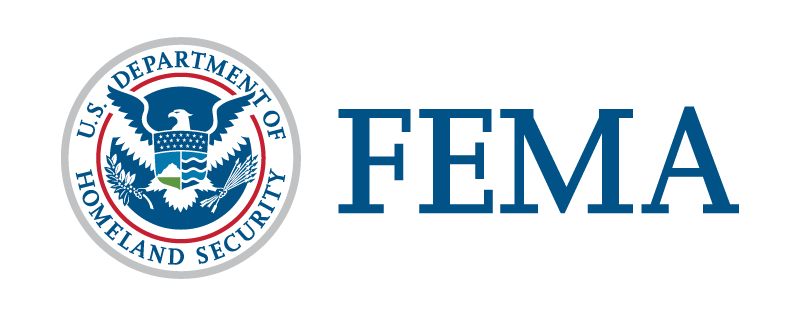Building Safety Month: FEMA Tools that Help You Protect Your Home



One of the most important aspects of rebuilding after a disaster is building with resiliency in mind. Disaster resiliency in communities and at home begins with building codes. These codes provide guidance on how to build structures that can withstand damaging winds, tornados, seismic activity and floods.
To support these efforts, each year FEMA collaborates with the International Code Council to participate in Building Safety Month and support the adoption and enforcement of up-to-date disaster-resistant codes. This international campaign raises awareness about the importance of building codes.
Modern building codes address construction issues such as structural integrity; resistance to fire, wind, flood, snow and seismic events; life safety; building systems; construction materials; energy conservation; and green building. Building codes help ensure that you are safe in the buildings where you live, work and play.
In addition to the steps FEMA takes to improve code enforcement, we provide education and training to convey the value of standardized, up-to-date building codes. We also require that reconstruction under our Hazard Mitigation Grants and our Building Resilient Infrastructure and Communities grant program must be done in compliance with building codes.
To stay current, FEMA tracks current hazard-resistant building code adoption status for state, local, tribal and territorial governments, reaching approximately 22,000 jurisdictions across the nation. This effort, often referred to as Building Code Adoption Tracking, evaluates several aspects of a community’s natural hazard risks and building code adoption.
FEMA recently released new fact sheets that uses this data to help you better understand local building and identify the hazard risks— and ways you can mitigate them — in your community. The Building Code Adoption Tracking fact sheets provide an overview within each state and territory and are organized by FEMA region.
These fact sheets:
- Look closely at how each state has adjusted building or residential codes for any of five tracked hazards (damaging wind, hurricane wind, tornados, seismic activity and floods).
- Assess the status of the building and residential codes for mandatory or limited statewide or territory-wide adoption.
- Show the percentage of hazard-resistant jurisdictions within each state or territory.
As of April 1, 2021, only 35% of hazard-prone communities have the latest hazard-resistant building codes. In November 2020, FEMA released Building Codes Save: A Nationwide Study, projecting that adopting modern hazard-resistant building codes will avoid $132 billion in future losses and provide a sustainable return on hazard mitigation investment.
You can help make a difference in the effort to create more sustainable communities by taking simple steps — such as reviewing the Building Code Adoption Tracking fact sheets that apply to your area or visiting InspecttoProtect.org to determine the building codes used where you live.
InspecttoProtect.org can also help you discover innovative ideas for retrofitting your home to increase resilience and learn how to contact your local government for information about building codes used in the past.
With housing construction on the rise and hurricane season around the corner, its important to note that according to the Association of State Floodplain Managers, the insurance savings from meeting current codes’ flood mitigation requirements can reduce homeowner’s net monthly mortgage and flood insurance cost by at least 5 percent.
This year’s Building Safety Month theme — “Prevent. Prepare. Protect. Building Codes Save.” — reminds us that there are ways we can make our homes and communities safer and more resilient. Join us in these efforts and help spread the word about Building Safety.
Visit the Nationwide Building Code Adoption page for more information about tools from FEMA and our partners.
Recent Posts
NOAA Weather
Tampa, FL
Last Updated on Jun 5 2024, 6:53 am EDT
Weather by NOAA
Current Conditions: Fair
Temp: 77°F
Wind: SE at 5mph
Humidity: 88%
Dewpoint: 73.0°F
 National Hurricane Center
National Hurricane Center
- The Atlantic hurricane season runs from June 1st through November 30th. April 20, 2025The Atlantic hurricane season runs from June 1st through November 30th.